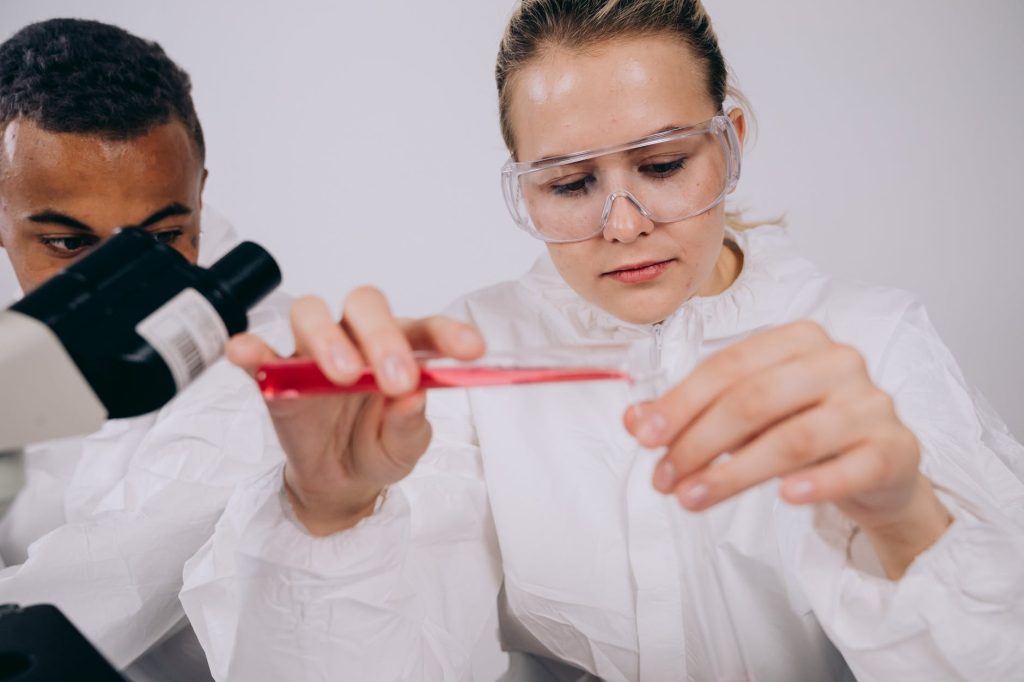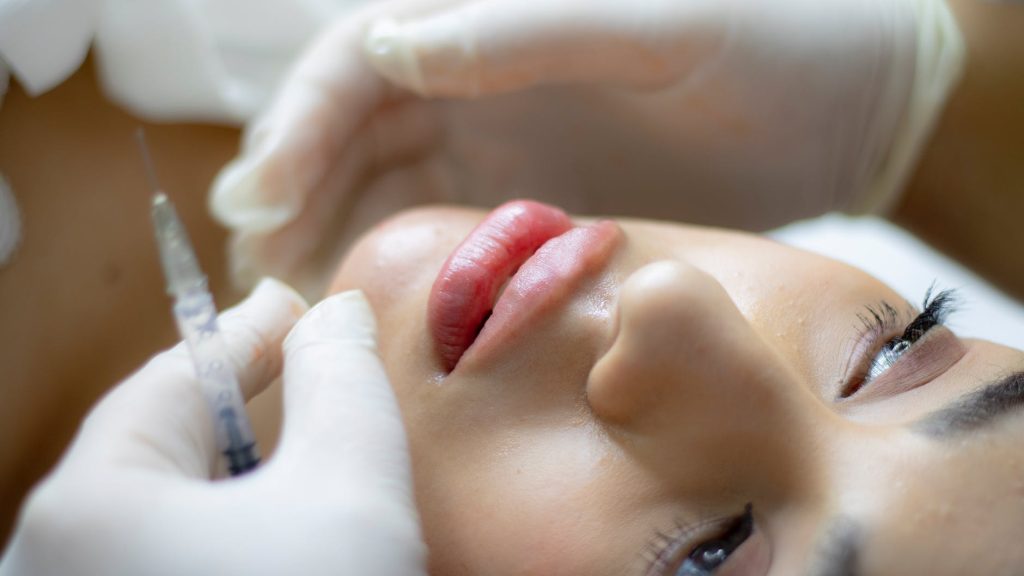Dermal fillers are injectable substances that offer a much less invasive way of improving your appearance. These substances (such as collagen) can counter many of the visible signs of aging. They can smoothen wrinkles and laugh lines and improve shallow contours. They can even plump up thin lips and reduce scars.
The particular effects do depend on the type of dermal filler you use. Here are several basic types of dermal fillers available these days:
Hyaluronic Acid

This is a natural substance that can be found in the human body, and it can be extracted and reformulated for many different purposes. Dermal fillers using hyaluronic acid can be used for:
- Cheek depressions
- Crow’s feet at the corner of your eyes
- Frown lines between the eyebrows
- Marionette lines at the corners of the mouth
- Nasolabial furrows (deep smile lines running from the side of the nose to corners of the mouth
- Redefining lip borders
- Smoker’s lines (vertical lines on the mouth)
- Various types of scars including burns, acne and those caused by wounds
- Worry lines running across the forehead
Many brands use hyaluronic acid, including Juvederm.
Calcium Hydroxyapatite
One brand that uses this is Radiesse. Calcium hydroxyapatite is a compound that’s similar to a mineral, and it’s naturally found in human bones. It’s produced biosynthetically, which makes it very safe to use. There’s not much risk of any allergic reaction and side effects are just rare. In fact, skin testing isn’t even required.
The calcium hydroxyapatite has long been used in dentistry and reconstructive surgery, and it can be used for these purposes:
- It can increase volume to counter the effects of facial wasting, such as what happens to HIV-positive patients who take certain medicines.
- It can enhance the fullness of various facial contours, such as the cheeks.
- It can smoothen out even severe types of skin creases, like frown lines, marionette lines, and nasolabial folds.
Polylactic Acid
Sculpta uses this type of dermal filler. This is biodegradable and non-toxic, and it’s so safe that it’s been used for sutures for more than 40 years now.
Polylactic acid is synthetic, and it works as a simulator. That is, it works by stimulating your body’s collagen production (instead of adding collagen directly). Since it’s a simulator, it doesn’t offer immediate results. Instead, the improvements appear over a period of several months, so that these improvements will seem much more natural.
Usually, you need about 3 monthly treatments to get the best results. The enhances are regarded as semi-permanent, though some touchups may be needed.
The most common purposes for this type of dermal filler include:
- Plumping up thin lips
- Treating deep nasolabial folds
- Smoothening out laugh lines
Dermal fillers that use polylactic acid are particularly effective for use in the lower half of the face.
Polyalkylimide
This is another semi-permanent dermal filler. It’s quite stable over a long period, but it can be removed if deemed necessary.
A single treatment can inject a large volume of polyalkylimide into the targeted area, resulting in the slow formation of a thin layer of collagen around it. Collagen then surrounds the gel over the course of a month or so.
This type of dermal filler works very well for the following:
- Plumping up thin lips
- Replacing lost facial volume due to old age, including enhancing the cheekbones and jawline
- Smoothening out deeper wrinkles, including depressed scars and nasolabial folds
- Countering the facial wasting resulting from some HIV medicines
PMMA
The name is short for polymethyl-methacrylate microspheres. It is also regarded as a semi-permanent filler, and it’s often used as a more permanent alternative to hyaluronic therapy or collagen replacement therapy.
PMMA is very safe, and it can also be used to enhance other types of dermal fillers. It has a long history of use in permanent surgical implants. Typically, the doctor will not use much of it for the first treatment, and will just add more as needed later on.
PMMA is used for the following:
- Treating moderate to deep cases of furrows, folds, and wrinkles, including nasolabial folds
- Filling out pitted scars
- Plumping up thin lips
Creating volume needs several injections, and the full effects may require waiting up to 3 months. There’s also the risk that the injection may be noticeable under the skin, though this can be mitigated with the right surgeon who possesses the required skills. The PMMA should be properly injected at the dermal subcutaneous junction, using tunneling or threading methods.
Final Words
In general, you need sturdier dermal fillers if you wish to improve the appearance of your cheekbones. To enhance thin lips, you should go with softer fillers.
You should discuss with your surgeon what type of dermal fillers are best for your particular case, so that you may be able to enhance your appearance effectively and safely.
